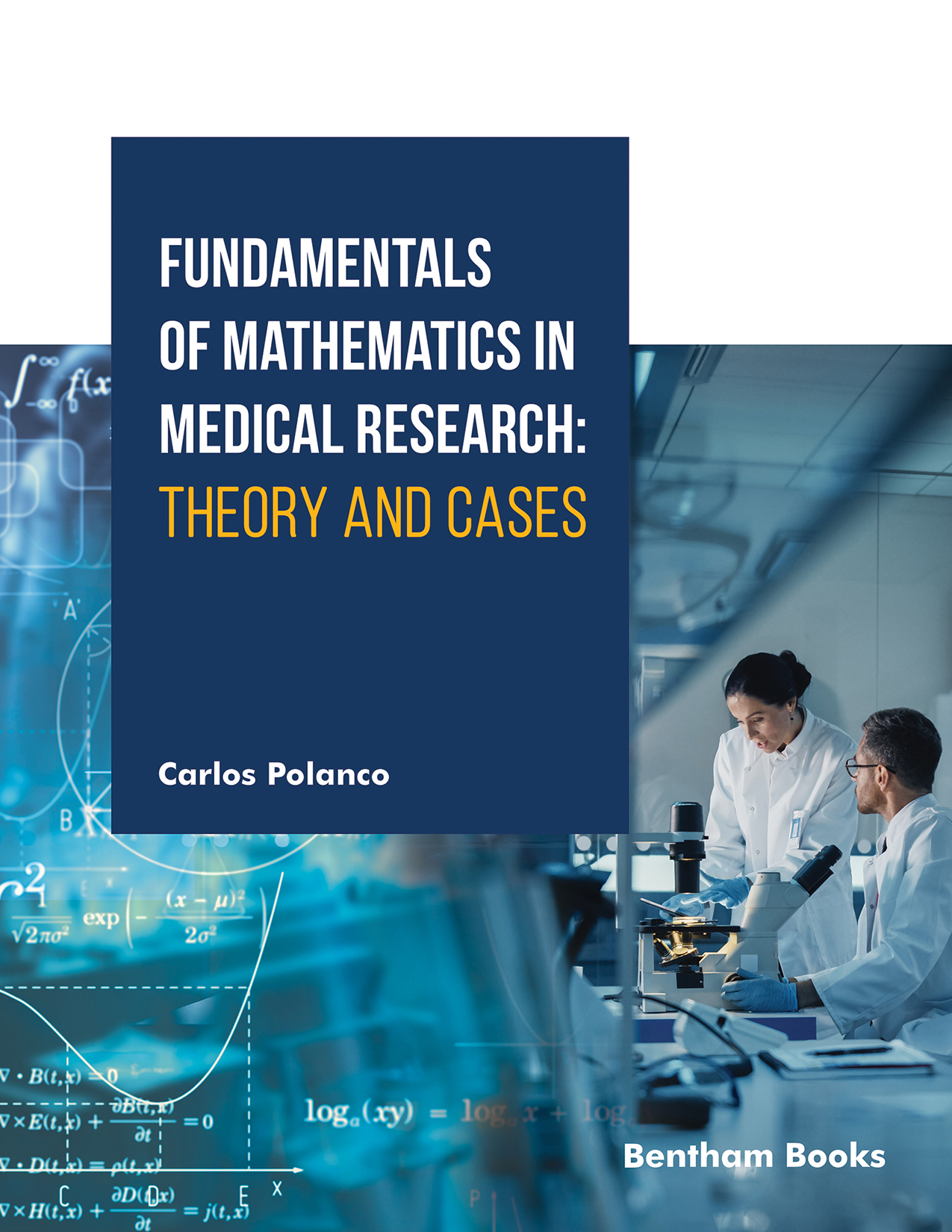Introduction
Fundamentals of Mathematics in Medical Research: Theory and Cases is a comprehensive guide to the mathematical principles and methods used in medical research. This book is structured to facilitate learning and application and gives a solid foundation to readers. The book is divided into multiple parts that explain basic concepts in a progressive way.
- - Part I covers real-valued functions of one or more variables with geometric representations to establish a core understanding of advanced mathematics
- - Part II covers inferential methods of probability and statistics from basic probability to parametric and nonparametric tests
- - Part III covers correlation theory and advanced analysis of real-valued functions
- - Part IV covers multivariable analysis for solving complex problems with an explanation of Markov Chain models
- - An Appendix provides solutions for all exercises and along with Fortran 90 programs, Python scripts and Linux scripts to explore the mathematical concepts explained in the book.
Key Features:
- - Introduction and Conclusion in Every Chapter
- - Exercises and Solutions
- - Program codes and scripts
- - Comprehensive Coverage of Mathematics for Academics and Research
- - Real-World Cases
This book is an essential resource for researchers, students, and professionals in medicine and allied fields who seek to understand and apply mathematical methods in their work.
Readership
Researchers, students, and professionals in medicine and allied fields.

